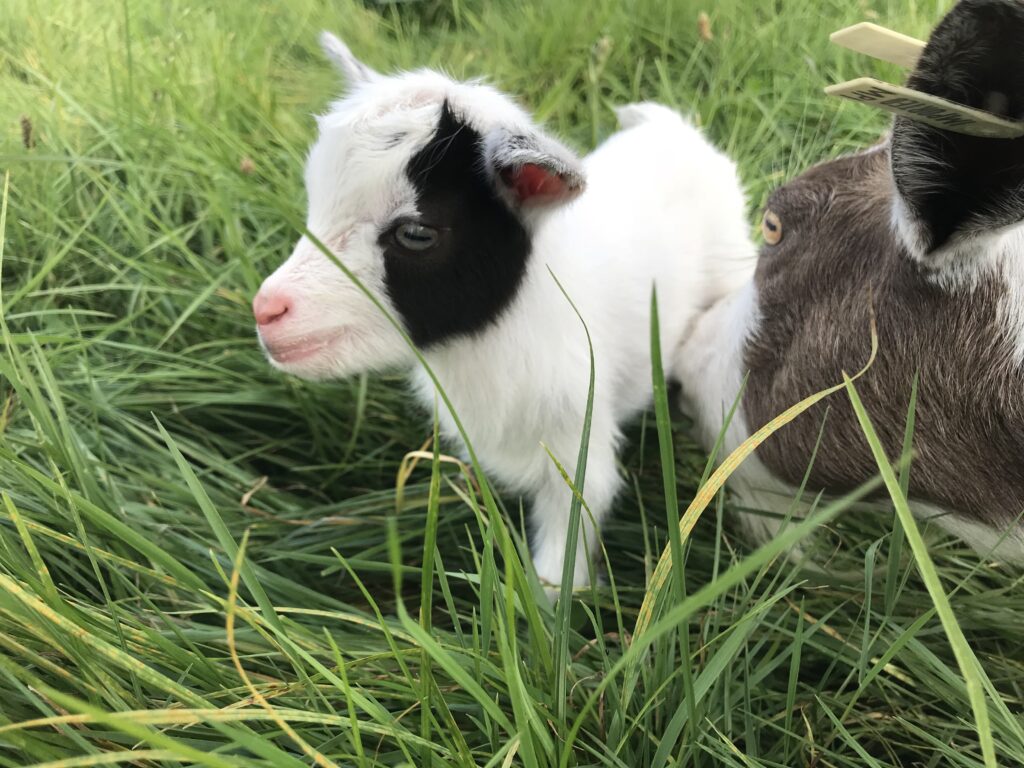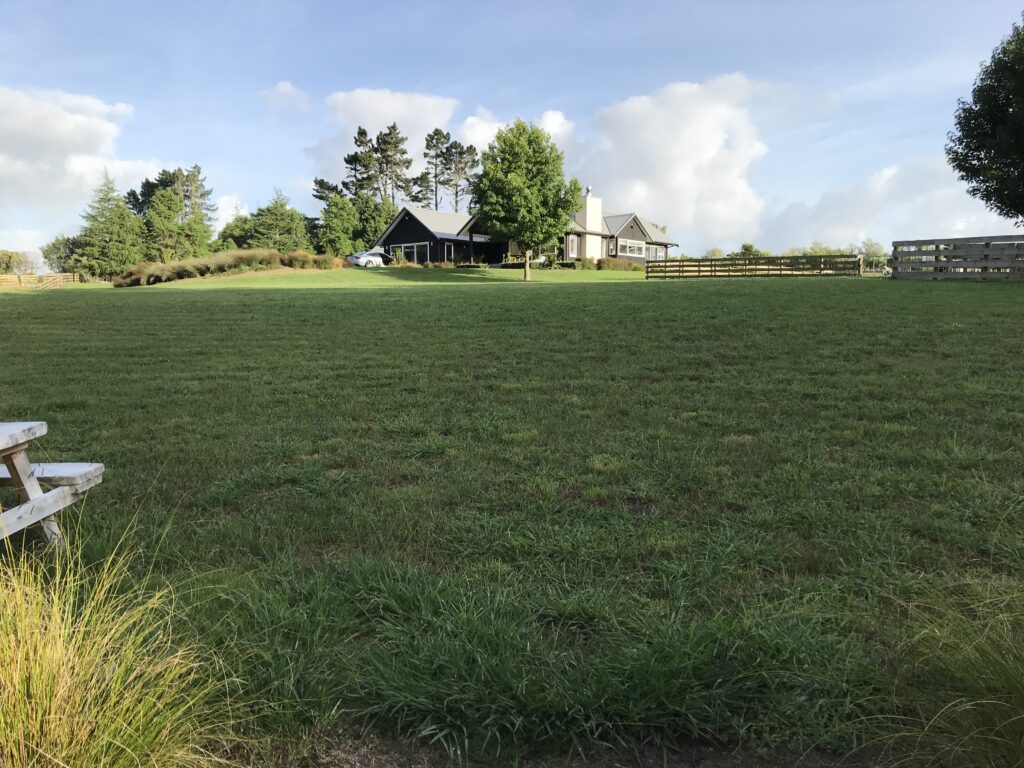Goldengrove
Home Of New Zealand's First Nigerian Dwarf Goats
The Start of Goldengrove
At Goldengrove we feel very privileged to be the very first to bring the Nigerian Dwarf Dairy Goats into New Zealand. First Fleet Frederick and First Fleet Liesl were derived from an embryo brought in from the USA. Born in Australia and transported to us in New Zealand.
We thank Michael Garwood for allowing us to buy this very special and beautiful buck and doe. This was very difficult as we needed an outcross.


Location
Based on 6 Acres of land just out of Kumeu, West Auckland – Goldengrove Nigerian Dwarf Goats are 100% purebreds, from imported American Bloodlines
We currently have a full breeding program in place
About The Nigerian Dwarf
Nigerian Dwarf
The Nigerian Dwarf goat is a miniature dairy goat breed of West African ancestry. The original animals were transported from Africa on ships as food for captured wild species being held in the zoos; the survivors were then maintained in herds at those zoos, then excess animals were acquired by private owners who began breeding them. Nigerian Dwarf goats are popular as pets and family milkers due to their easy maintenance and small stature. They are also used by some goat dairy farms to make cheese because of their high butterfat content. This is the key reason Nigerian Dwarf Dairy goats are of interest to us. Nigerian Dwarf Dairy goats are registered by the American Dairy Goat Association, the American Goat Society, and the Nigerian Dwarf Goat Association.
Temperament
Nigerian Dwarf goats are gentle and easily trainable. This, along with their small size and colourful appearance, makes them popular as pets. Some breeders bottle-feed kids, which makes them more bonded with humans. Others prefer to let their mothers raise them naturally, finding bottle-fed kids to be overly clingy. With either method, they can be very friendly and can easily be trained to walk on a leash. Some goats even enjoy coming into the house with their owners. Adult goats should not live in the house, however, because as ruminants, they need to spend a large part of the day eating hay, pasture, or browse.
Nigerian dwarf goats' small size also makes them excellent "visitor" animals for nursing homes and hospitals. Some goat supply houses even sell small harnesses and tiny wagons that fit Nigerian dwarf goats. As with all goats, does or neutered males (wethers) make the best pets, as bucks can have an objectionable odor. Nigerian Dwarfs, especially does and wethers, do well with children. Nigerian dwarfs also are easy birthers with very few birthing problems.
Coat Colours And Patterns
The Nigerian Dwarf come in many colours: white, black, gold, red, cream and patterns such as buckskin (brown with a black cape over the head and neck along with other black markings) and chamoisee (similar to an Oberhasli goat), with or without white spots. Some have white "frosting" on the ears. Although most are naturally horned, generally breeders disbud them at a young age (usually less than 2 weeks of age) for safety to the goat, its herd mates, and human caregivers. Some Nigerian Dwarf goats have blue eyes, which is a dominant trait in goats.
Milk And Cheese
Nigerian Dwarf goats give a surprising quantity of milk for their size. Their production ranges from 1 to 8 pounds of milk per day (one quart of milk weighs roughly 2 pounds), with an average doe producing about 2.5 pounds (1.10 litres), although it can produce up to 1.8 litres of milk per day. Production depends upon genetics, how many times the doe has freshened (given birth), quality and type of feed, and general good management. Since Nigerians breed year-round, it is easy to stagger freshening in a herd for year-round production of milk. Thus, they are ideal milk goats for most families. Their milk has a higher butterfat content than milk from full-sized dairy goats, averaging 6.5% according to the American Dairy Goat Association. Later in lactation, butterfat can go up to 10% or even higher. This makes Nigerian Dwarf goat milk excellent for ice cream, deserts, yogurt, and especially, cheeses and soap making.
